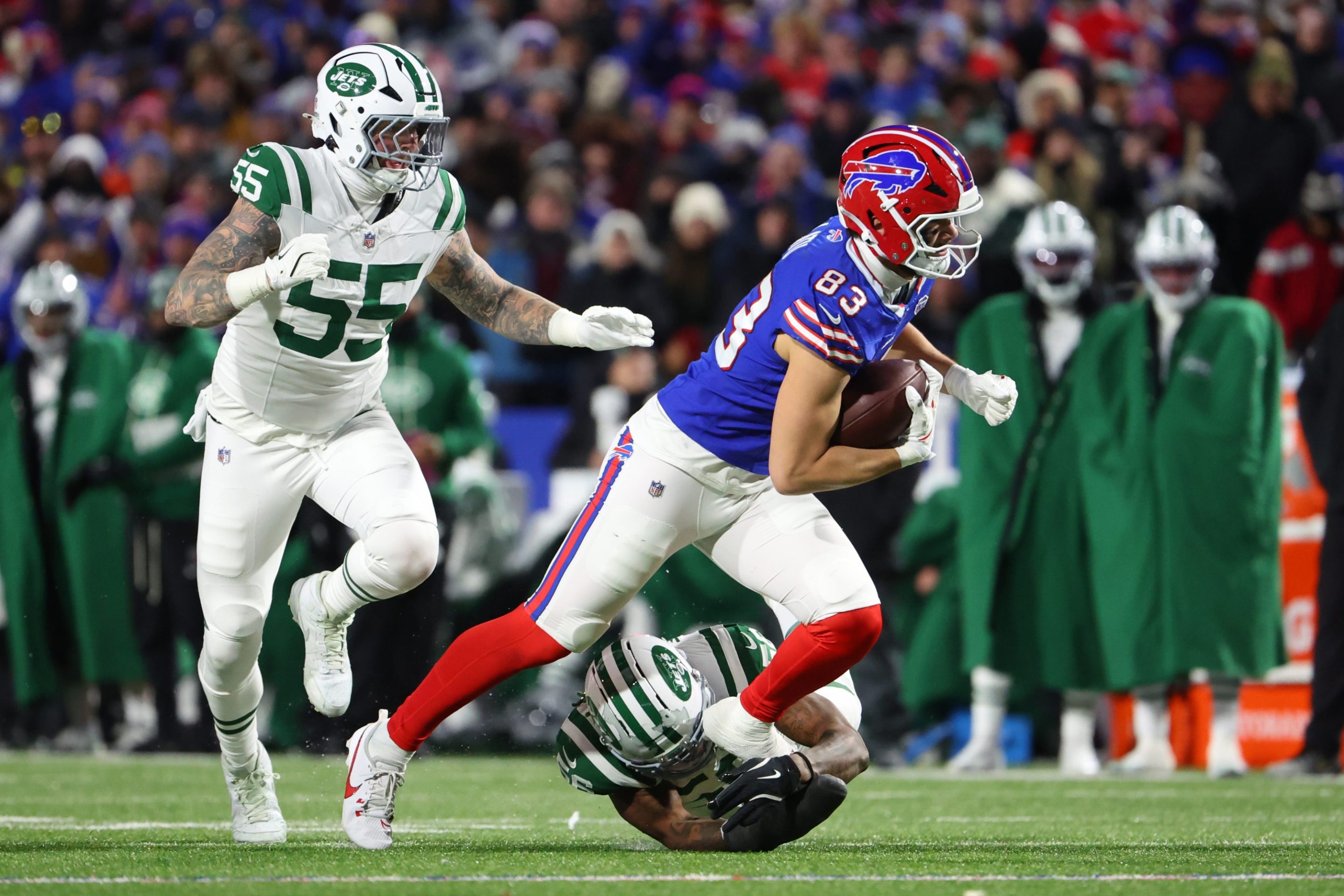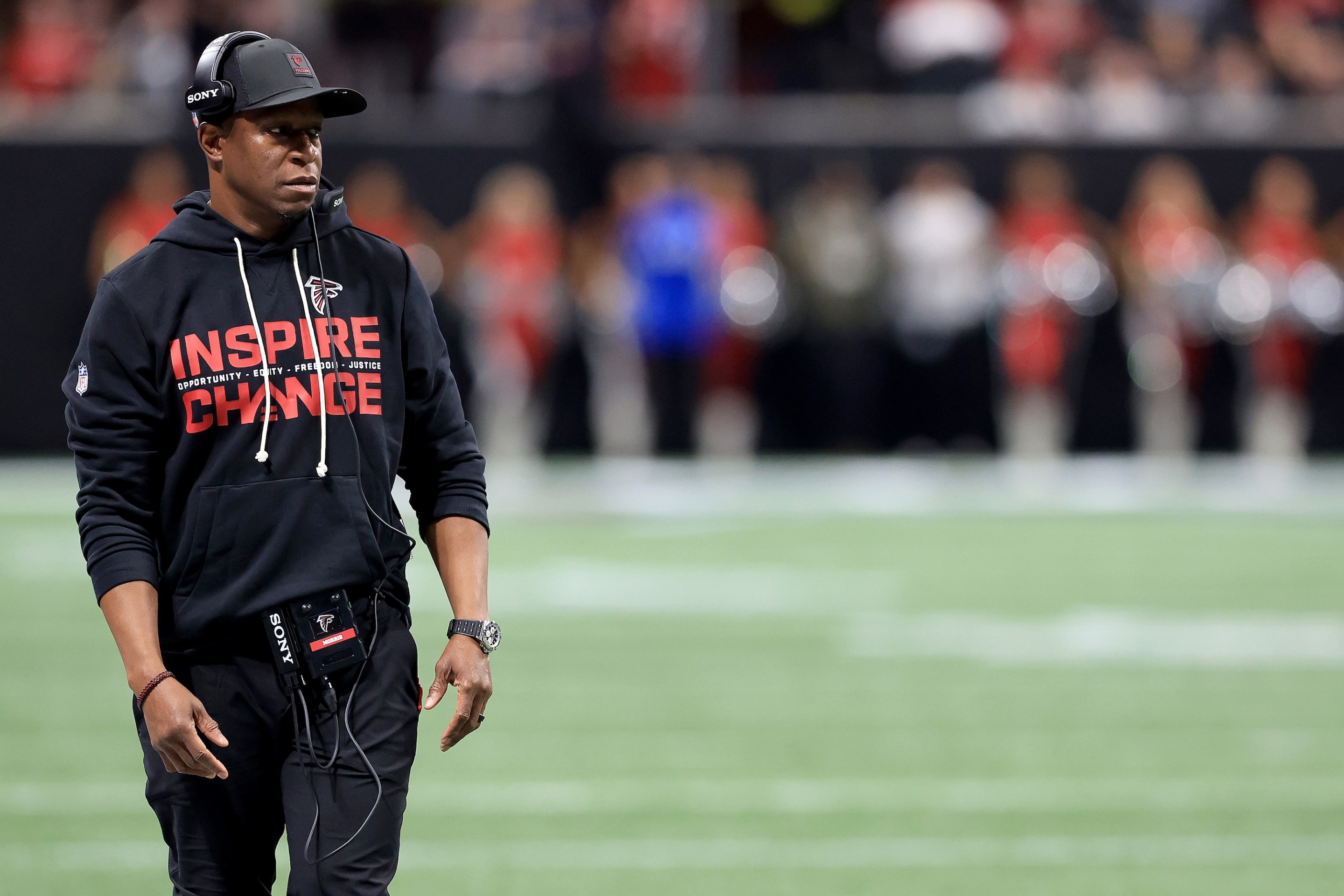Fans of chromatically bold hardwood courts, rejoice: The NBA's in-season tournament, freshly rebranded as the NBA Cup with a big fancy title sponsor, returned Tuesday night. In both basketball and business terms, last season's inaugural go-round was a success, though there's no guarantee that's a permanent condition. Even if it's bad, it will still be interesting, as the tournament will function as the league intends only if teams and players take it seriously, which requires them to make a series of revealing choices from among a handful of somewhat mutually exclusive options.
The NBA tipped the business ambitions of its FA Cup cosplay with the scheduling. Games take place on football-less Tuesdays and Fridays, in the hopes that the relative novelty and theoretically higher stakes will draw in larger audiences of curious casual viewers during the part of the NBA schedule when the games typically matter the least. Of course the NBA wants people to watch the first eighth of the interminable regular season, and the NBA Cup is a significantly more management-friendly alternative to shortening the schedule by the dozen or so games the union has occasionally asked for. If you're not going to engineer significance through scarcity, simply enrich the existing offerings.
For all the crowing about NBA ratings and their relationship to wokeness or what have you, the public tends to watch at a higher rate when the games are good, and the games will be good if they're played at a playoff intensity, and the games will be played at a playoff intensity if teams are motivated. Every other link in the chain besides the final conditional is A) pretty firmly established, and B) a business matter that is fundamentally downstream of the basketball as such. Last year's finalists provide two oddly convergent case studies for the efficacy of going all-out to win the Cup.
After the Lakers and Pacers got back from Vegas, each fell into a troubling slump. Indiana dropped six of its ensuing eight games, winning only against teams actively trying to lose. L.A. held a 14-9 record going into the in-season tournament final, but the Lakers found themselves at 19-21 a month later; one of those losses was to a Spurs team that had dropped 18 straight. Both finalists looked totally exhausted throughout December, giving up tons of easy points in transition, failing to rotate, and settling for easy shots over and over again. Tyrese Haliburton strained his hamstring within a month of the final and hasn't been the same player since, while LeBron James's January was the worst month of his season by far.
Traveling to play extra games in Vegas, while the rest of the league got a few precious days off, took a toll. Accounting for the immediate fortunes of both those teams, the prestige of raising a banner and winning the end-of-bench guys some nice bonus money may not seem to be worth the effort. That effort, however, made for incredible hoops. The Pacers in particular were electric in the tournament, beating the Boston Celtics in a super-turbo-transition-heavy Aaron Nesmith revenge game and smoking the Bucks so bad that Haliburton talked wild shit to Damian Lillard. The garish courts were mostly ass, though along with the new uniforms most teams played in, they surely hit the intended mark of be novel.
There is reason for optimism that teams will treat the Cup seriously enough to provide some more of that intensity, and it's what happened to the Pacers and Lakers after they recovered from the extreme fatigue of December. Indiana made the Conference Finals, while L.A. put together a very impressive end to the regular season, vaulting from 10th to seventh within a month and eventually losing a competitive five-game first-round series. If tournament success wrecked those teams' January, it seems not to have impaired them beyond that.
For that matter, teams might observe in the fortunes of last season's Pacers and Lakers the possible benefits of getting tired and hurt at the right time. Injuries and fatigue can't totally be avoided, as we've seen already this season, with a ton of young stars already injured. On the whole, dealing with these sorts of crises in January and returning to health by May is probably preferable to doing it the other way around. One could make the case that the Warriors' 2022 title was helped along greatly by Steph Curry and Draymond Green getting hurt in early spring and consequently being super fresh by April.
In that sense, why not throw your full effort at the in-season tournament? If this theory rests on logical joists perhaps too spindly to really hold weight, its persuasiveness among players and coaches remains to be proven. The ways they treat the games that matter in the NBA Cup will reveal a lot about what they think of the grind of a regular season.
This week's games won't tell us too much, though Tuesday night's Mavs-Warriors game absolutely felt like a playoff game; Steph Curry said so himself! An arena full of people wearing goofy captain's hats—a tribute to Klay Thompson's first game as a visitor—rose and fell with the rhythm of each possession, and late in a tense fourth quarter, Curry and Luka Doncic started hunting each other like it was the 2022 Western Conference Finals again. That kind of ruthless min-maxing does not tend to happen this early in the season, at least not to that degree.
Thompson is only going to play his first game as a visitor in San Francisco once, which likely shaped the atmosphere far more than the NBA Cup, but it ruled to see two teams desperately competing for a win in early November, which is all that counts. After the win, Curry celebrated like his team had won a game that mattered.
Alternatively, perhaps Erik Spoelstra's inexplicable whoopsie at the end of a one-point loss to the Pistons was actually an example of advanced Vegas avoidance tactics. It's only the second edition after all—everyone is still innovating their way through this.






